Talent Acquisition (TA) professionals typically ask themselves three questions when evaluating the success of their recruitment efforts:
- What is the quality of the hires I’ve delivered?
- How quickly was I able to close out open positions?
- How much did it cost to acquire these hires?
The question of cost is especially critical in today’s world of uncertain and shrinking recruiting budgets. Cost effective recruitment strategies are a must-have.
While acquiring hires cost-efficiently is a key priority, let’s not forget the emphasis on the quality of hire isn’t going anywhere. How are TA leaders and recruitment marketers to cope with being pulled in both directions? A large portion of the cost per hire (or CPH) is typically consumed in acquiring job applicants via a variety of recruitment advertising channels. As a result, TA leaders and recruitment marketers are compelled to adopt innovative recruitment advertising strategies to do more with less.
Fortunately, the relevance (or quality) of job seekers you attract with your job ads plays a huge role in how much you end up spending to acquire hires. If your recruitment advertising campaigns are optimized to show the right job ads to the most relevant candidates, it gives you the best chance to reduce your CPH. In other words, you won’t waste your budget attracting candidates that don’t convert to applicants or hires.
Here are a few best practices that are sure to help you reduce your CPH:
- Simplify your job application process
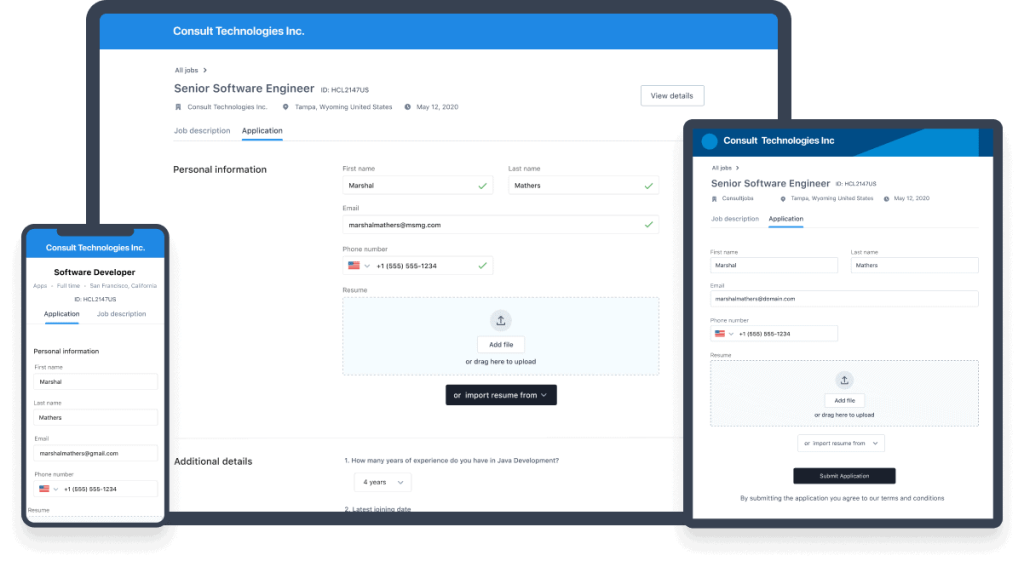
Once a candidate clicks on your job ad, it’s critical you provide an amazingly seamless job application experience, providing yourself every opportunity to improve your click-to-apply (CTA) ratio and lower your cost per applicant (CPA). If you have a complex and tedious job application process, keeping qualified candidates engaged and motivated will be more than merely challenging. Premier candidates are also highly sought after – meaningthey will be inundated with opportunities and offers. Where does that leave you? Watching your candidates come, and go – while continuing to deplete your budget.
The first step to ensuring a positive job application experience (and thus retaining candidate interest) is creating a process that only gathers relevant, must-have information. Equally important is making sure that you support a great mobile (and tablet) user experience. Finally, it’s best to avoid sign-ups as much as possible. If that is not possible, make certain the process is short and simple.
- Optimize your job titles and descriptions

Most job seekers start their search online with their desired job title. So the quality of your job titles has a major role to play in ensuring that only relevant candidates view your job ads. Your job descriptions are important as well, which impact how many job seekers that click on your ad actually convert to applicants. The more precise your titles and descriptions, the more relevant your applications, translating into better hiring efficiency, and in turn, higher ROI. There are a few key rules to consider when writing a job title/ description.
- Be clear and concise. Refrain from stuffing too many keywords in the job title. While it is necessary to provide details in job descriptions, remember to stick to only the must-haves.
- Highlight specific skills. For example, “sports physiotherapist” is more effective than just plain “physiotherapist.” The more specific the job title, the more likely you are to filter out a large number of irrelevant clicks.
- Avoid abbreviations as much as possible. For example, refrain from using “MGR,” and instead opt for “Manager.”
- Eliminate all traces of bias. Job descriptions are often prone to subconsciously introduced bias, in terms of gender, ethnicity, religion, veteran status, disability status, or race. Such descriptions have the potential to drive away perfectly qualified candidates if they do not find your job description inclusive.
- Run targeted ads with a programmatic job advertising platform

One of the most critical components of recruitment media management is knowing where to post your job ads and how much to spend on each publisher. Relying on intuition (rather than data) to invest in certain publishers over others and manually allocating budgets for each just doesn’t cut it anymore.
Through segmentation, automation, and optimization a programmatic advertising platform places your job ads and allocates spend to publishers that yield the best results based on historical performance. The technology eliminates speculation and inefficiencies rife in traditional job advertising campaigns by leveraging data to direct your media buying decisions and maximize your conversions, all the while managing your spend. You can go as far as to set specific CPA goals for your campaigns and allow the platform to manage your trading strategy targeted to hitting your goals. Most importantly, the platform’s machine learning based approach continuously improves the performance of your campaigns over time, creating a virtuous loop that consistently delivers more relevant candidates at a lower cost.
(Suggested Reading: Programmatic Job Advertising – The Ultimate Guide)
Make sure you’re using the right tools and tactics to advertise your jobs in today’s competitive market.
Get Your Hands on the Ultimate Recruitment Advertising Playbook!
- Use automations to boost performance as well as productivity

Job automations enable recruitment marketers to set up customized rules that automatically optimize their ad campaigns – by carrying out predetermined actions when certain criteria are met. In essence, automations are a series of rules-based conditions which can be built into a framework to support a robust trading strategy. With automations, you can:
- Enable, pause, or resume certain jobs or campaigns automatically when particular conditions are met (or not met).
- Increase or decrease bids for specific jobs and publishers based on their performance
- Automatically allocate more budget to high-performing campaigns or reduce budgets for poor-performing ones
As a result, you can significantly improve your recruitment advertising performance, minimize inefficient spends, and maximize ROI (while also exponentially growing your productivity).
(Suggested Reading: How Automation Can Help Improve Job Advertising Performance while Boosting Productivity)
- Use location and job title expansions
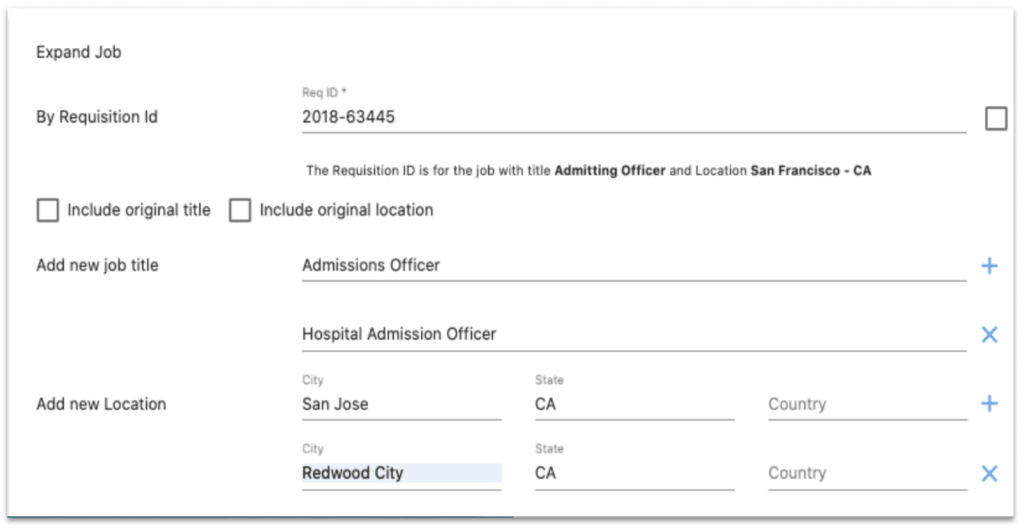
Job ad expansions offer one of the most effective ways to amplify the reach of your recruitment advertising campaigns to relevant audiences. Expansions make it possible for you to advertise a job simultaneously to multiple locations, and/or explore alternative job titles to identify which ones resonate better with a larger audience. By expanding the reach of your ads to more relevant candidates, you increase your chances of converting them to applicants without increasing your spend significantly, therefore cutting down on your CPA (and by extension, your CPH). There are two ways to expand a job ad:
- By location: Target your job ads at candidates across multiple cities, states, or countries, simultaneously. This helps you attract a larger number of relevant candidates who are often located in the neighboring low-demand areas of large cities (that are usually advertised as the primary location of the job).
- By job title: Explore alternative job titles for your jobs ads – without modifying the titles in your ATS. This helps you improve your ad’s reach by factoring in the typical variations of search queries by job seekers. For example, you can experiment with using “Business Development Representative (BDR)” as the job title for a “Sales Development Representative (SDR)” role. This is an optimal way to beta test titles, so you find the best ones suited for your desired audience/position.
(Suggested Reading: How to Boost your Job Advertising Performance with Job Ad Expansions)
- Leverage social and search advertising
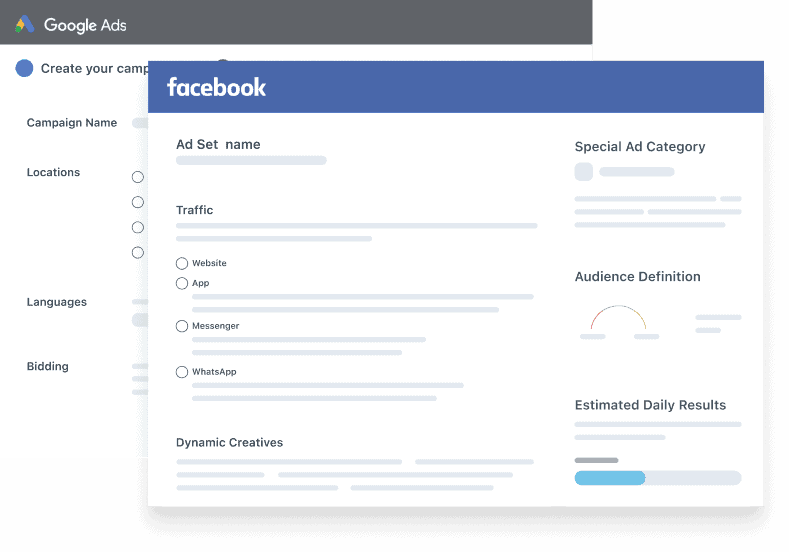
While a large portion of your ads will most likely continue to be posted on conventional job sites, it’s important to remember to look beyond them. Social media advertising and search engine marketing options help you achieve mass reach without diluting audience (candidate) quality – and at very reasonable costs. For example, Facebook allows you to target job seekers based on their interests, demographics, or behavior, while Google allows you to create affinity audiences that help you reach an audience based on their passions, habits, and lifestyles. You can, therefore, cast your net wide to cover larger pools of more relevant candidates via Google, Facebook, LinkedIn, and other media. As a consequence of attracting additional traffic of highly relevant job seekers through these channels, you dramatically improve conversions, resulting in lower costs to acquire applicants. Such channels offer the added advantage of helping you connect with and activate passive job seekers, which is something traditional job sites just cannot do.
- Retarget, remarket, and re-engage
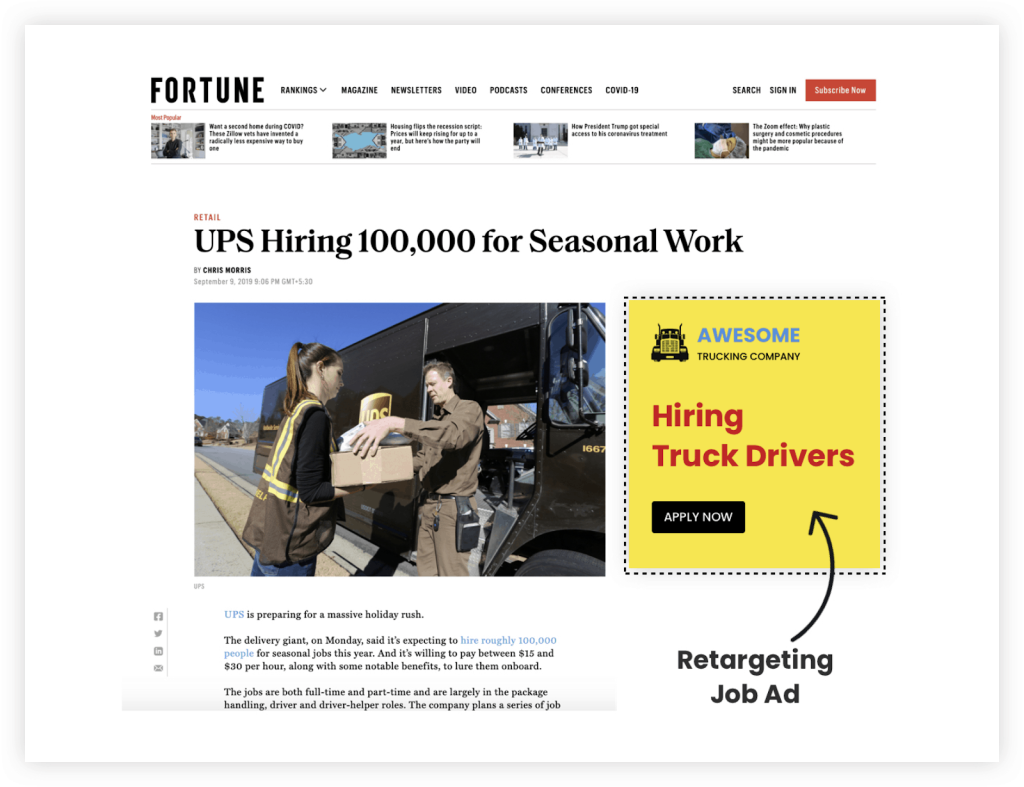
Most candidates don’t fill out your job applications the first time they visit your career site. A lot of them abandon job applications midway. However, these candidates are now familiar with your brand and open job positions. Retargeting allows you to reach and re-engage these job seekers with highly relevant ads on the World Wide Web, enabling you to improve your click-to-apply conversion rates and minimize candidate loss due to drop-offs.
In addition, your existing candidate pool could be home to several applicants who, though found unsuitable for earlier positions, could be great fits for new openings. Email marketing (or remarketing) is a highly effective approach to keeping these candidates consistently engaged and informed of new and relevant job openings, eventually converting them into fresh applicants at a much lower cost than reaching out to “cold” job seekers.
(Suggested Reading: How to Retarget Candidates with your Job Ads on the World Wide Web)
- Don’t stop tracking at applications – track from clicks to hires
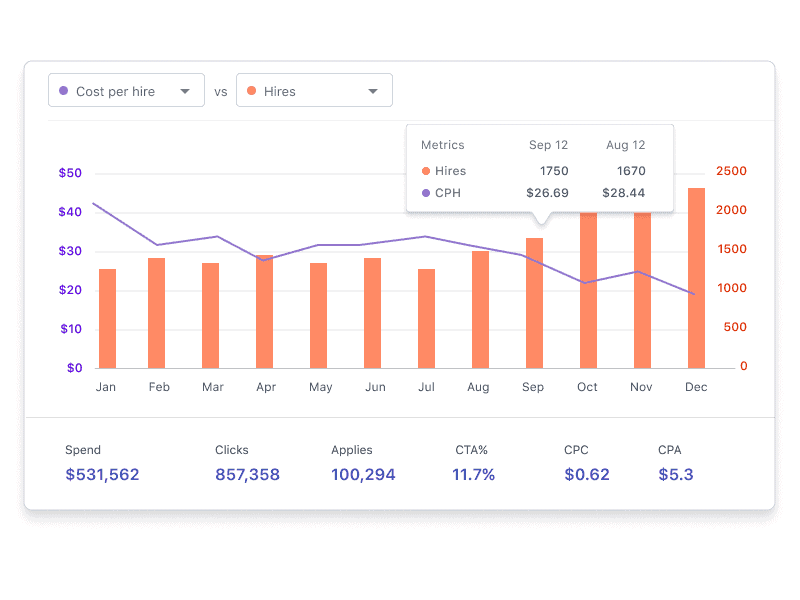 A majority of employers stop tracking their talent acquisition efforts at the “applicant” stage. As it turns out, they forego many valuable insights by not tracking their metrics to hire. Only when you track to hire can you benchmark your performance across advertising channels against your primary goal – closing hires. This approach enables you to holistically analyze – and improve – your process as well as your outcomes across candidate sources. You can evaluate the probability, effectiveness, and cost of hiring across your candidate sourcing channels, and prioritize your budgets for those that deliver the highest quality applicants (ones that are most likely to quickly convert into hires). All of this comes down to more intelligent, data-driven campaign management that, over time, improves the relevance of candidates you acquire, as well as your CPH.
A majority of employers stop tracking their talent acquisition efforts at the “applicant” stage. As it turns out, they forego many valuable insights by not tracking their metrics to hire. Only when you track to hire can you benchmark your performance across advertising channels against your primary goal – closing hires. This approach enables you to holistically analyze – and improve – your process as well as your outcomes across candidate sources. You can evaluate the probability, effectiveness, and cost of hiring across your candidate sourcing channels, and prioritize your budgets for those that deliver the highest quality applicants (ones that are most likely to quickly convert into hires). All of this comes down to more intelligent, data-driven campaign management that, over time, improves the relevance of candidates you acquire, as well as your CPH.
For more information on how Joveo’s advanced programmatic job advertising platform can enable you to attract the most relevant talent while reducing your CPH, request a demo today!















